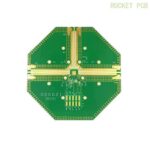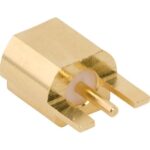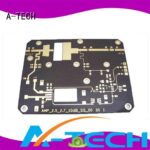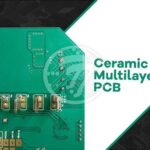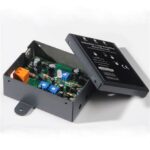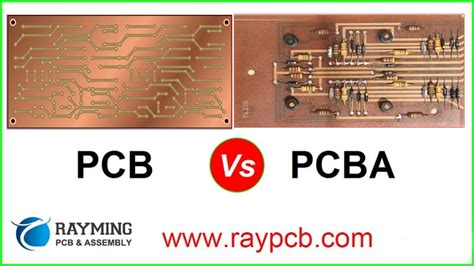
ALL ABOUT FLEX PCB
-
 Read more: Printed Wiring Board-Attractive Fundamental Introducing
Read more: Printed Wiring Board-Attractive Fundamental IntroducingWhat is a PWB? A printed wiring board (PWB), also known as a printed circuit board (PCB), is the foundation of most modern electronic devices. It is a flat board made of insulating material, such as fiberglass or composite epoxy, with conductive copper tracks printed or etched onto the surface. […]
-
 Read more: Light Detecting Circuits: An Easy Way to Detect Light
Read more: Light Detecting Circuits: An Easy Way to Detect LightBasic Components of Light-Detecting Circuits Light-detecting circuits typically consist of three main components: A light sensor An amplifier An output device Light Sensors The light sensor is the heart of a light-detecting circuit. It is a device that converts light energy into an electrical signal. There are several types of […]
-
Electronic Manufacturing Technology
Posted by
–
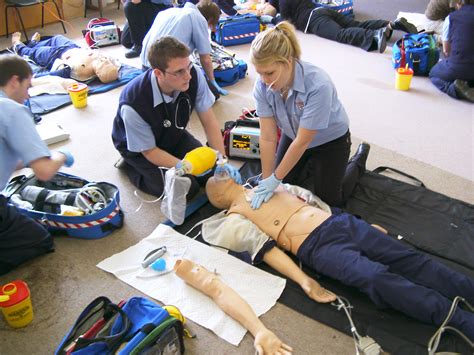 Read more: Electronic Manufacturing Technology
Read more: Electronic Manufacturing TechnologyHistory of Electronic Manufacturing Technology Early Developments The origins of EMT can be traced back to the early 20th century, with the invention of the vacuum tube and the subsequent development of radio technology. During World War II, the demand for electronic components increased significantly, leading to the establishment of […]
-
Circuit Trace – The Ultimate Guide
Posted by
–
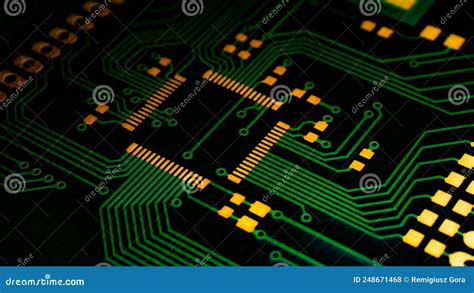 Read more: Circuit Trace – The Ultimate Guide
Read more: Circuit Trace – The Ultimate GuideWhat is Circuit Trace? Circuit trace, also known as PCB trace or simply trace, refers to the copper paths that electrically connect different components on a printed circuit board (PCB). These traces act as the wires in a circuit, allowing signals and power to flow between various parts of the […]
-
Recommended Points to Note in PCB Manufacturing
Posted by
–
 Read more: Recommended Points to Note in PCB Manufacturing
Read more: Recommended Points to Note in PCB ManufacturingIntroduction to PCB Manufacturing Printed Circuit Board (PCB) manufacturing is a complex process that involves several stages, from design to final assembly. To ensure the production of high-quality PCBs, it is essential to consider various factors throughout the manufacturing process. This article will discuss the recommended points to note in […]
-
Breadboard Connections: An Introductory Guide
Posted by
–
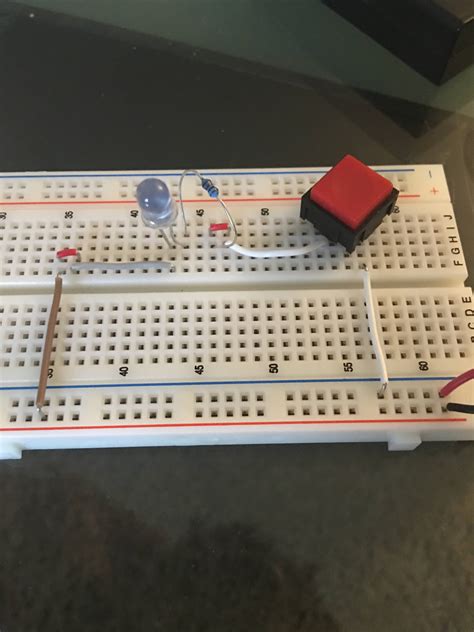 Read more: Breadboard Connections: An Introductory Guide
Read more: Breadboard Connections: An Introductory GuideWhat is a Breadboard? A breadboard is a rectangular plastic board with a matrix of holes used for prototyping electronic circuits without soldering. It allows you to quickly and easily connect components to test and modify your circuit design before committing to a more permanent solution. Anatomy of a Breadboard […]
-
DIY Solder Iron: The Homemade Solder Iron Guide
Posted by
–
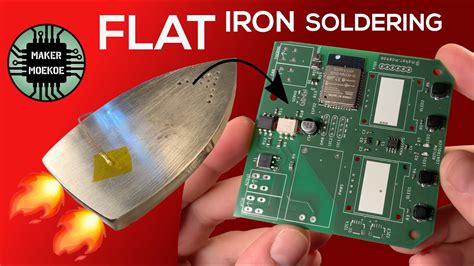 Read more: DIY Solder Iron: The Homemade Solder Iron Guide
Read more: DIY Solder Iron: The Homemade Solder Iron GuideIntroduction Soldering is an essential skill for anyone interested in electronics, whether you’re a hobbyist or a professional. A solder iron is a crucial tool for this task, but purchasing a high-quality one can be expensive. Fortunately, with a little creativity and some basic materials, you can make your own […]
-
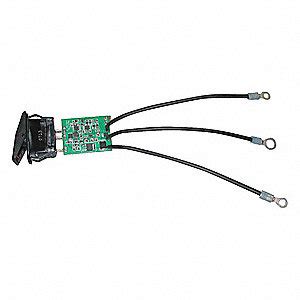 Read more: Low Voltage Cutoff Circuit: The Working Principle and How to Make One
Read more: Low Voltage Cutoff Circuit: The Working Principle and How to Make OneWhat is a Low Voltage Cutoff Circuit? A low voltage cutoff circuit is an electronic circuit that monitors the voltage of a battery and disconnects the load when the voltage drops below a predetermined threshold. This prevents the battery from being over-discharged, which can lead to reduced performance, shorter lifespan, […]
-
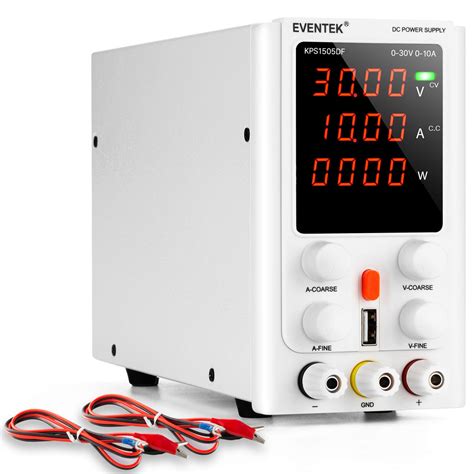 Read more: Variable Power Supply: Everything You Need to Know
Read more: Variable Power Supply: Everything You Need to KnowWhat is a Variable Power Supply? A variable power supply (VPS) is a type of power supply that allows you to adjust the output voltage and current to suit your needs. Unlike fixed power supplies, which provide a constant voltage and current, a VPS gives you the flexibility to set […]
-
 Read more: Digital PCB: A Modern Circuit Running on Binary Digital Signals
Read more: Digital PCB: A Modern Circuit Running on Binary Digital SignalsIntroduction to Digital PCBs A printed circuit board (PCB) is the foundation of virtually all modern electronic devices. It mechanically supports and electrically connects electronic components using conductive tracks, pads and other features etched from one or more sheet layers of copper laminated onto and/or between sheet layers of a […]
